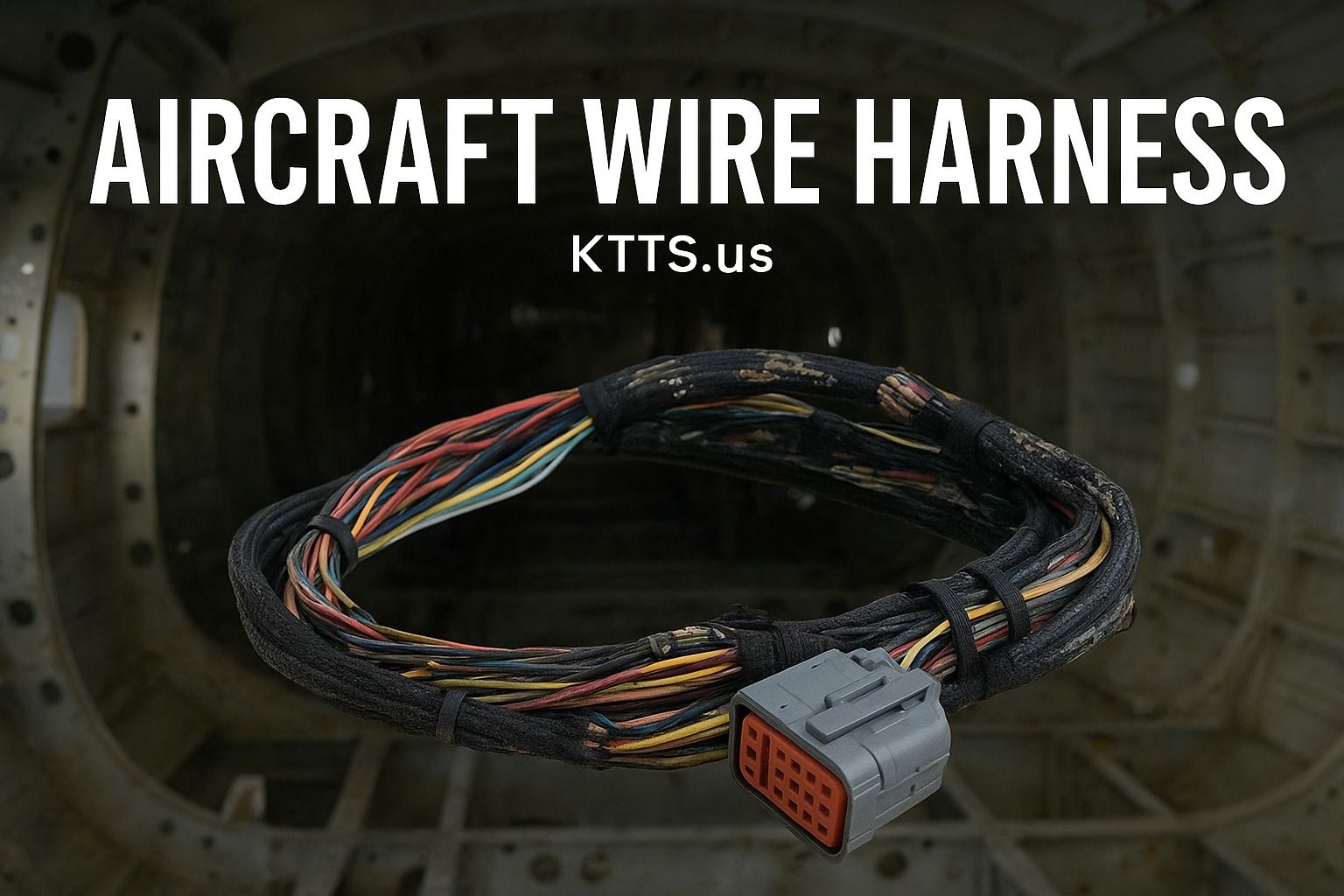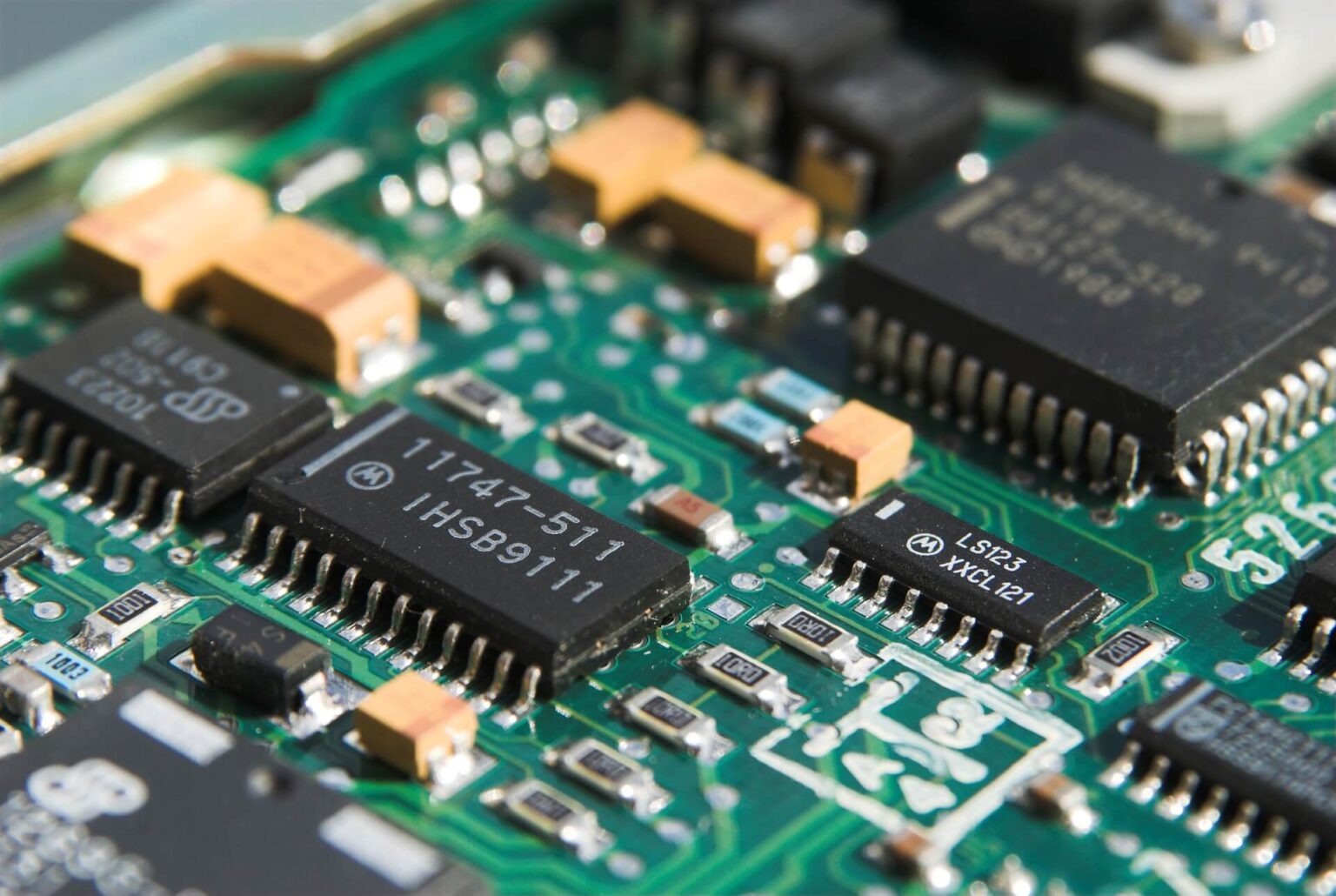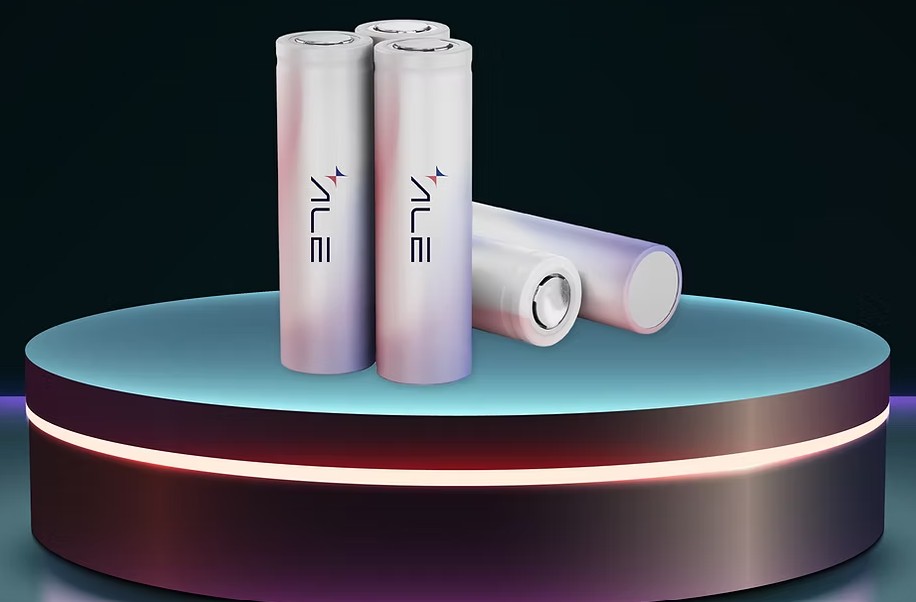Aircraft Wire Harness: The Nervous System of Modern Aircraft
An Aircraft Wire Harness is the nervous system of an aircraft, routing power and data between avionics, sensors, actuators, lighting, galleys, environmental controls, and safety systems. Built to survive vibration, moisture, temperature extremes, and electromagnetic interference (EMI), it is far more than a bundle of wires—it is a rigorously engineered, documented, and inspected system with traceable materials and strict airworthiness requirements.
This article explains what an Aircraft Wire Harness is, how it is designed and manufactured, the materials and standards that govern it, test and inspection methods, common failure modes, and emerging trends.
What is an Aircraft Wire Harness?
An Aircraft Wire Harness assembles conductors (power, signal, and data), terminations (contacts, splices), protective coverings (insulation, shields, braids, sleeves), and support elements (clamps, backshells, strain relief) into a defined topology that interconnects electrical loads to power sources and control electronics.
In large transport aircraft, the harness network is collectively called EWIS—Electrical Wiring Interconnection System—spanning dozens of kilometers of wiring.

Key Functions of an Aircraft Wire Harness
- Power distribution: from generators, APU, and batteries to power centers and end loads.
- Signal and data transfer: analog sensor leads, discrete I/O, ARINC 429/629, CAN Aerospace, Ethernet (ARINC 664/AFDX), and fiber optics.
- Safety-critical links: flight controls, fire detection/suppression, oxygen systems, de-icing, and emergency lighting.
- EMI/Lightning protection: shielding, bonding, and surge suppression.
Aircraft Wire Harness Standards and Regulations
- FAA/EASA EWIS Rules – FAA 14 CFR §25.1701–25.1731 and EASA CS-25.
- SAE AS50881 – Aerospace wiring design and installation guidance.
- SAE AS22759 (MIL-W-22759) – Aerospace wire construction and insulation types.
- MIL-DTL-38999 / EN3645 – Circular connectors for high reliability.
- AS9100 – Aerospace quality management system.
- IPC/WHMA-A-620 – Acceptability standards for harness assemblies.
- RTCA/DO-160 – Environmental test conditions for avionics.
Materials and Components in an Aircraft Wire Harness
Wires and Insulation
- Tin-, nickel-, or silver-plated copper alloys.
- ETFE, PTFE, XL-ETFE, or polyimide insulation for heat and arc resistance.
Shielding and Jackets
- EMI shielding with tinned copper braid or foil.
- Nomex® sleeves, metallic braids, and heat-shrink boots.
Connectors and Terminations
- MIL-DTL-38999 circulars, ARINC 600 rectangulars, EN4165 modulars.
- Crimp contacts, solder cups, and strain relief backshells.
Identification and Documentation
- Laser wire marking and heat-shrink markers for full traceability.
Aircraft Wire Harness Design Principles
System Architecture and Segregation
- Segregation of power, avionics, and flight controls reduces failures.
- Routing critical harnesses away from flammable lines and heat zones.
Electrical Sizing and Derating
- Conductor sizing based on current load, voltage drop, and altitude.
- Ampacity checks for heat dissipation in tight bundles.
EMC/EMI and Lightning Protection
- 360° shield bonding and grounding strategies.
- Safe routing away from motors, inverters, and ignition leads.
Mechanical Integration
- Bend radius compliance and strain relief.
- Clamps, saddles, and chafe guards at penetration points.
Digital Engineering in Aircraft Wire Harness Development
- Electrical CAE tools (Capital, CATIA Electrical, E3.series).
- 3D CAD integration for routing and clearance checks.
- Automated design validation for wire gauge, load, and shielding.
- Digital twin & PLM systems (Teamcenter, Windchill) for traceability.
Aircraft Wire Harness Manufacturing and Process Control
- Build books with cut lengths, strip dimensions, and torque values.
- Qualified crimping with tensile pull tests.
- Controlled soldering for legacy applications.
- Nomex® lacing, braiding, and shield continuity testing.
- FOD prevention, ESD-safe assembly, and protective packaging.
Testing and Verification of Aircraft Wire Harnesses
- Continuity and Insulation Resistance (IR) testing.
- Dielectric Withstand (Hipot) insulation verification.
- Shield bonding tests using milliohm resistance checks.
- Time-Domain Reflectometry (TDR) for data line quality.
- Environmental Stress Screening (ESS) with vibration and thermal cycling.
Maintenance and Common Failure Modes in Aircraft Wire Harnesses
- Chafing and abrasion at clamps and bulkhead penetrations.
- Connector fretting and corrosion in harsh environments.
- Moisture ingress and arc tracking in humid zones.
- Thermal damage near ducts and overcurrent points.
- Unauthorized modifications leading to unsafe splices.
Emerging Trends in Aircraft Wire Harness Technology
- More-electric aircraft: higher voltages and insulation monitoring.
- High-speed data and fiber optics: ARINC 664, Ethernet, optical links.
- Model-Based Systems Engineering (MBSE): unifying design to testing.
- Health monitoring: insulation checks, temperature, and vibration sensing.
- Lightweighting: aluminum conductors, optimized routing, composite clamps.
Best Practices for Aircraft Wire Harness Engineering
- Start from power, EMI, and lightning requirements.
- Use qualified materials (AS22759 wires, MIL-DTL-38999 connectors).
- Design for EMC with correct shielding and grounding.
- Engineer mechanics (bend radius, strain relief, chafe protection).
- Document schematics, 3D routes, and test procedures.
- Test thoroughly with IR, hipot, bonding, and ESS.
- Plan maintenance with clear labeling and repair methods.
Final Thoughts
An Aircraft Wire Harness is a safety-critical, high-reliability system at the intersection of electrical, mechanical, and systems engineering. Success depends on material selection, adherence to standards, EMI/EMC management, disciplined manufacturing, and rigorous testing.
With more-electric aircraft, high-speed networks, and digital engineering, the Aircraft Wire Harness is more vital than ever—demanding a standards-driven approach from concept to retirement.
https://www.ktts.us/about






